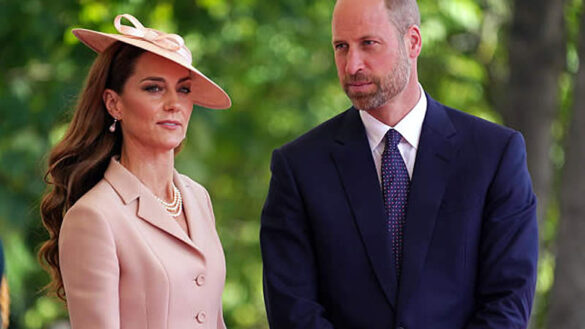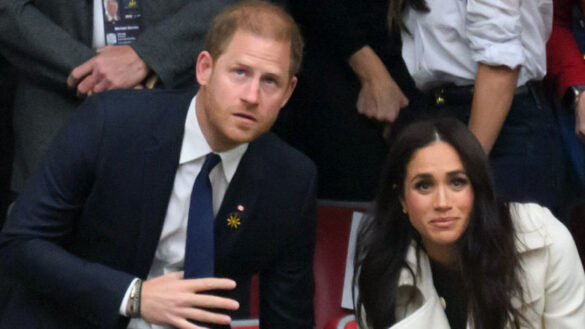
On 22 July 2005 she became the first woman to clear the historic 5.00 metre barrier in the pole vault.
At the age of 27 Isinbayeva has been a nine-time major champion (Olympic, World outdoor and indoor champion and European outdoor and indoor champion).
Isinbayeva’s current world records are 5.06 m outdoors, a record Isinbayeva set in Zurich on August 28, 2009, and 5.00 m indoors, a record set at the Donetsk indoor meeting on 15 February 2009. The former was Isinbayeva’s twenty-seventh world record.
Setting 27 world records (15 outdoor and 12 indoor), staying virtually unbeaten between 2004 and 2009 (winning nine straight gold medals in indoor and outdoor championships) and being elected IAAF World Athlete of the Year in 2004, 2005 and 2008,
In August 2005, top UK pole vault coach Steve Rippon said to the BBC that “she [Isinbayeva] is one of the few female pole vaulters I look at and think her technique is as good as the men’s. In fact, the second part of her jump is probably better than any male pole vaulter currently competing. She has a fantastic technique, she’s quite tall (almost 5ft 9in) and she runs extremely well.”
These statements are confirmed by close observation of her jumps; in detail, Isinbayeva’s high level of body control (courtesy of her gymnastics background) especially pays off in the so-called “L-Phase”, where it is vital to use the pole’s rebound to convert horizontal speed into height. Common mistakes are getting rebounded away in an angle (rather than vertically up) or inability to keep the limbs stiff, both resulting in loss of vertical speed and therefore less height. In Isinbayeva’s case, her L-Phase is exemplary. [citation needed]
At a meeting at Donetsk, Ukraine, Isinbayeva set a new indoor world record, with a height of 4.83 m only to see Feofanova increase this by two centimetres the following week. The following month at the World’s Indoor in March Isinbayeva broke Feofanova’s record with a gold medal winning jump of 4.86 m beating reigning indoor & outdoor champion Feofanova into bronze with reigning Olympic champion Dragila taking silver. The IAAF considered all three records to be over-all (outdoor) records, hence the indoor and outdoor records now stood at 4.86 m
27 June saw Isinbayeva return to Gateshead and improved the world record to 4.87 m. Feofanova responded the following week by breaking the record by a centimetre in Heraklion, Greece.
On 25 July in Birmingham, England, Isinbayeva reclaimed the record jumping 4.89 m and five days later in Crystal Palace, London, added a further centimetre to the record.
The pole vault was one of the most eagerly awaited events at the 2004 Summer Olympics in Athens. When Feofanova failed at 4.90 m the gold medal was Isinbayeva’s, and she subsequently set a new world record height of 4.91 m. She broke her own record later that year at the Memorial Van Damme in Brussels with a 4.92 m jump. It was her eight world record of the season, which along with her Olympic & World Indoor title helped her gain her first World Athlete of the Year award.
During the indoor season, Isinbayeva set her twenty-first world record, clearing 4.95 metres on 16 February 2008 in Donetsk, Ukraine. A few weeks later, in Valencia, Spain, Isinbayeva won the World Indoor Championships over Jennifer Stuczynski. It was Isinbayeva’s third consecutive World Indoor title.
On 11 July, at her first outdoor competition of the season, Rome’s Golden Gala, Isinbayeva broke her own world record, clearing 5.03 metres. This was her first world record outdoors since the 2005 World Championships. Isinbayeva stated that she had tried 5.02 metres so many times unsuccessfully that her coach told her to change something and so she attempted 5.03 metres. This record came just as people began to speculate her fall from the top of pole vaulting, as American Jennifer Stuczynski cleared 4.92 metres at the American Olympic Trials. Isinbayeva stated that this motivated her to maintain her reputation as the world’s greatest female pole vaulter. A few weeks later, at the Aviva London Grand Prix, Isinbayeva and Stuczynski competed together for the first time of the outdoor season. Isinbayeva won the competition, with Stuczynski finishing second. Both attempted a new world record of 5.04 metres. Isinbayeva was tantalizingly close on her final attempt, with the bar falling only after Isinbayeva had landed on the mat.
She successfully cleared that height on 29 July, in Monte-Carlo, Monaco, her twenty-third world record.
At the 2008 Summer Olympics in Beijing on 18 August, Isinbayeva needed two vaults to prolong her Olympic title reign and went on to finish the competition with 5.05m, a world record at the time, her 24th world record.
On 23 November in Monaco, she was selected World Athlete of the Year by the IAAF for the third time in her career, along with Jamaican male sprinter Usain Bolt.





